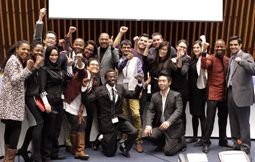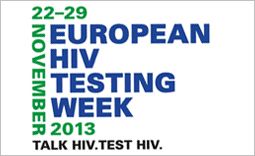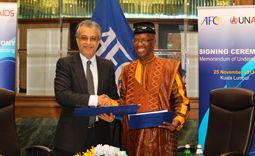
Feature Story
UNDP: ‘AIDS and MDGs’ charting a way forward
22 September 2010
22 September 2010 22 September 2010
If the global HIV epidemic is to be curbed, links between HIV and reaching other Millennium Development Goals (MDGs) need to be explored, strengthened and leveraged. This is the key conclusion emerging from a new publication by the United Nations Development Programme (UNDP) released today at the UNAIDS hosted MDG Summit side event – AIDS plus MDGs: Delivering results towards our shared commitments.
The publication, The ‘AIDS and MDGs’ Approach: What is it, why does it matter and how do we take it forward?, highlights changes in the health and development landscape resulting in a need to re-think the relationship between HIV and the MDGs. This approach effectively addresses both the short- and long-term challenges and impacts of the HIV epidemic while promoting the attainment of wider health and development goals.
Drawing on recent research, programme experience, and country progress reports, the paper outlines three important elements: understanding how HIV and the other MDGs impact one another; exchanging programmatic lessons across HIV and the other MDGs; and, creating synergy and increasing cost-effectiveness through strategies that simultaneously address HIV and other MDGs.
“From the earliest days of the global AIDS epidemic, many have recognised that effective responses must combine biomedical and behavioural interventions with multi-sectoral strategies that address human rights and the underlying socio-economic conditions that shape vulnerability,” said Jeffrey O’Malley, Director of UNDP’s HIV/AIDS Practice.
“The MDG Summit signifies an exciting and historic opportunity to reaffirm commitments to address health and development together, and to exchange important lessons between the response to HIV and action to address other MDGs,” he said.
The report highlights case studies of how cross-MDG synergy can be promoted. For example, in Malawi’s Zomba district, the World Bank implemented a cash-transfer programme to encourage girls’ school attendance. A recent study showed a 60% decrease in HIV and other STI risk among participants. The girls were also more likely to stay in school, have a smaller age gap with male partners, and delay marriage.
The project demonstrates how leveraging the links between HIV and a range of other development issues can spur significant and accelerated progress towards multiple MDGs at once.



